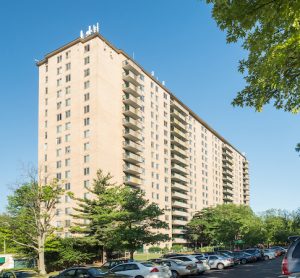 I often hear claims that the school impact tax rates charged to developers are based on faulty assumptions about the number of children who live in new housing units. While no one can predict exactly how many kids will live in a specific dwelling in the future, the methodology used to produce the generation rates used in school impact tax calculations is far more sophisticated and comprehensive than most people realize.
I often hear claims that the school impact tax rates charged to developers are based on faulty assumptions about the number of children who live in new housing units. While no one can predict exactly how many kids will live in a specific dwelling in the future, the methodology used to produce the generation rates used in school impact tax calculations is far more sophisticated and comprehensive than most people realize.
Every other year, Montgomery County Public Schools (MCPS) provides the Planning Department with a dataset that includes the address and grade of every MCPS student (with all other identifying information scrubbed from the dataset). The Planning Department then cross-references this information with parcel data that identifies the type of housing at the relevant address (single-family home, townhouse, high-rise multifamily, etc.).
Using this information, the Planning Department calculates how many elementary, middle and high school students are generated by different types of housing across different parts of the county. When the rates were last calculated using 2016 enrollment data, housing type information was matched to the addresses of 99.1 percent of the more than 159,000 MCPS students. This means that the resulting generation rates are based on a nearly-complete picture of exactly how many kids live in each category of housing across the entire county.
As you’d imagine, generation rates vary by housing type:
Attached single-family housing, commonly referred to as townhomes, generates the most students per unit – more than single-family detached houses. Mid-rise multifamily buildings tend to be relatively older stock with a relatively larger proportion of multi-bedroom units, but they still have a smaller number of schoolchildren per unit than single-family dwellings.
The number of students in high-rise apartments and condominiums, however, is even lower. For every 10 residential units in a high-rise building, only 1.4 students are enrolled in our public schools. Each of these units gets charged $6,791 in school impact taxes. This amount is less than one-third the rate charged for townhouses and single-family detached houses, but in line with the number of schoolchildren living in high-rise buildings.
In my next post, I’ll discuss enrollment projections and the relationship between school overcrowding and development.
Alison Gillespie
Thanks. This topic comes up A LOT, and there’s a lot of mythology out there, and a lot of conjecture. It is really good see the actual data.
lisa rother
Thanks for this information. i’m very interested in the student generation rates. How does the turnover of homes from empty nesters to new families in neighborhoods impact student generation?
Susan Fischer
I wonder what the percentages would be if the stats were broken down by neighborhood. I live in downtown Silver Spring and have watched the elementary school bus drop off 30 kids at one high rise apartment building. That is far greater than the number of children that were picked up at my kids bus stop in a single family not attached dwelling area. Since the need for classrooms is different across schools it seems a better forecast would be based on neighborhood stats not county wide stats. I once mentioned the need for playgrounds down county and was told by my councilman that kids didn’t live in down county apartments. How wrong he is.